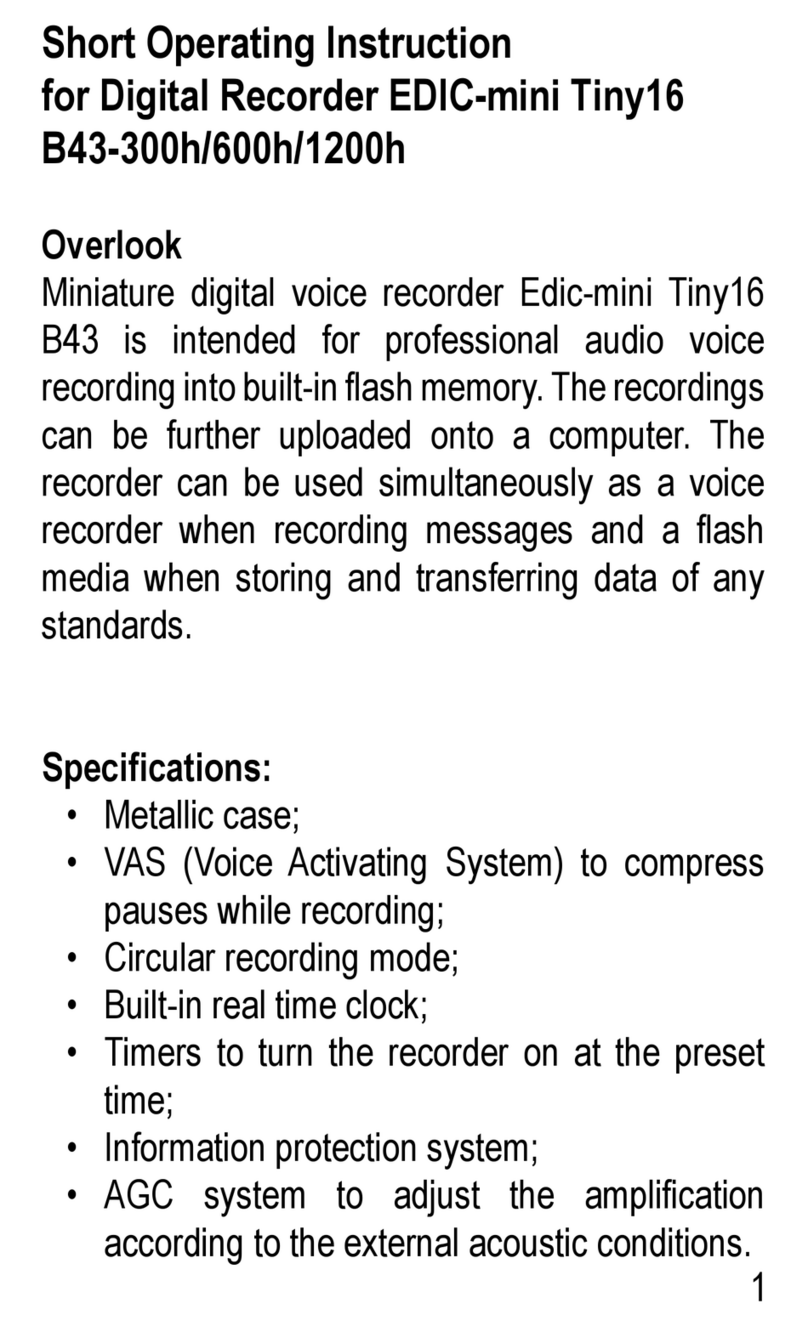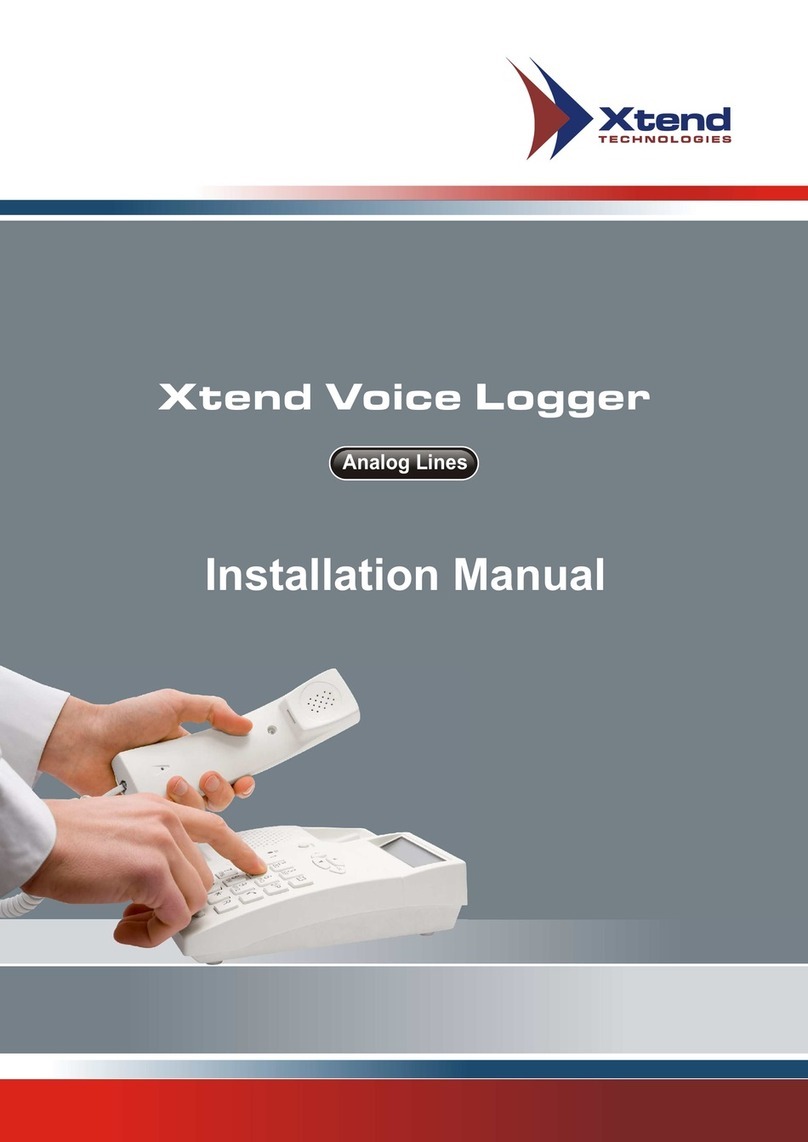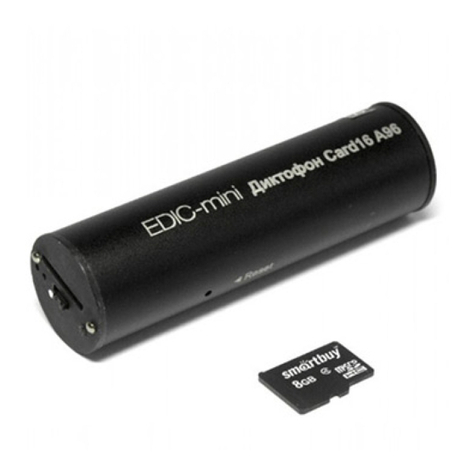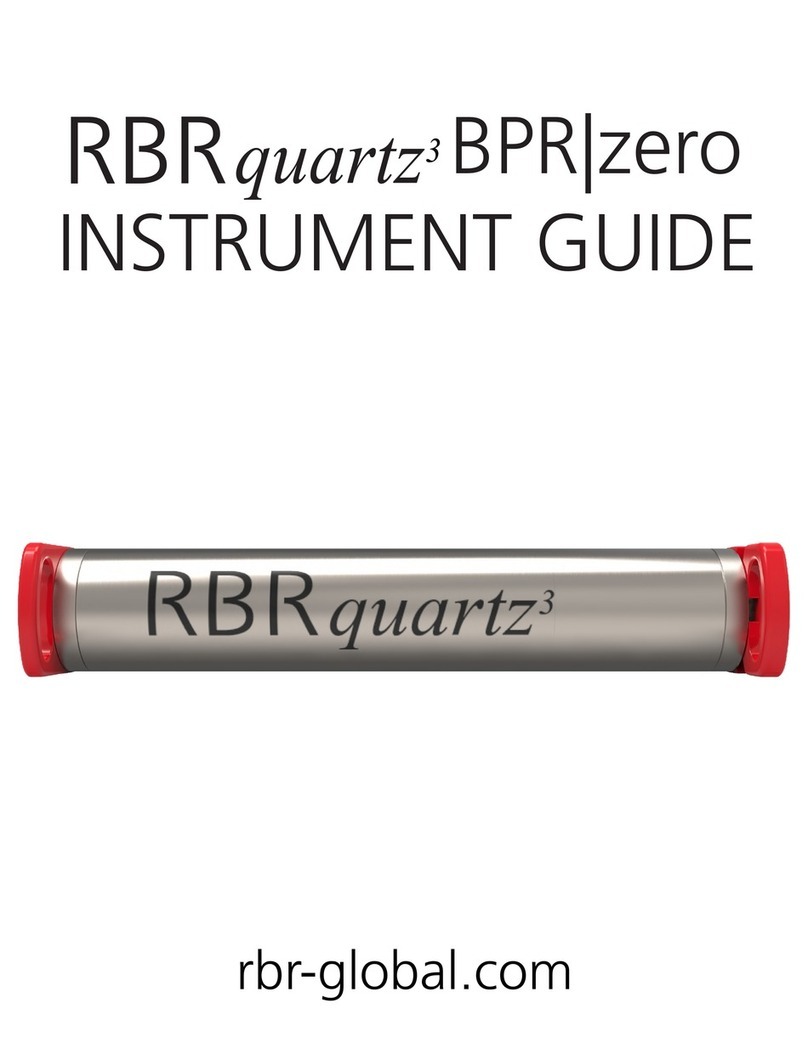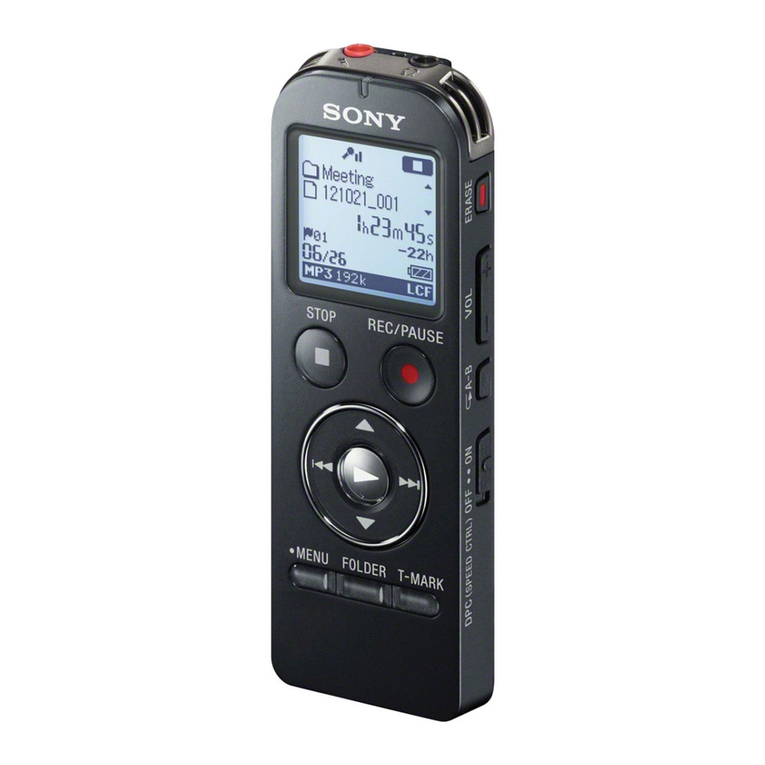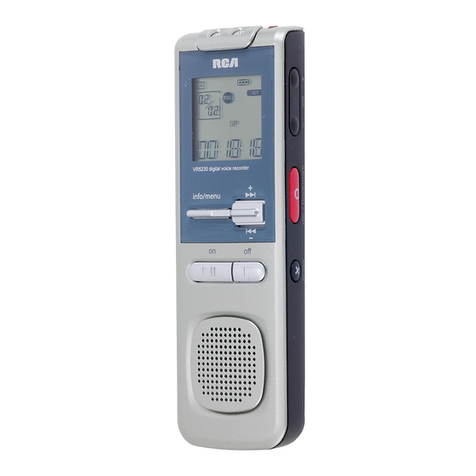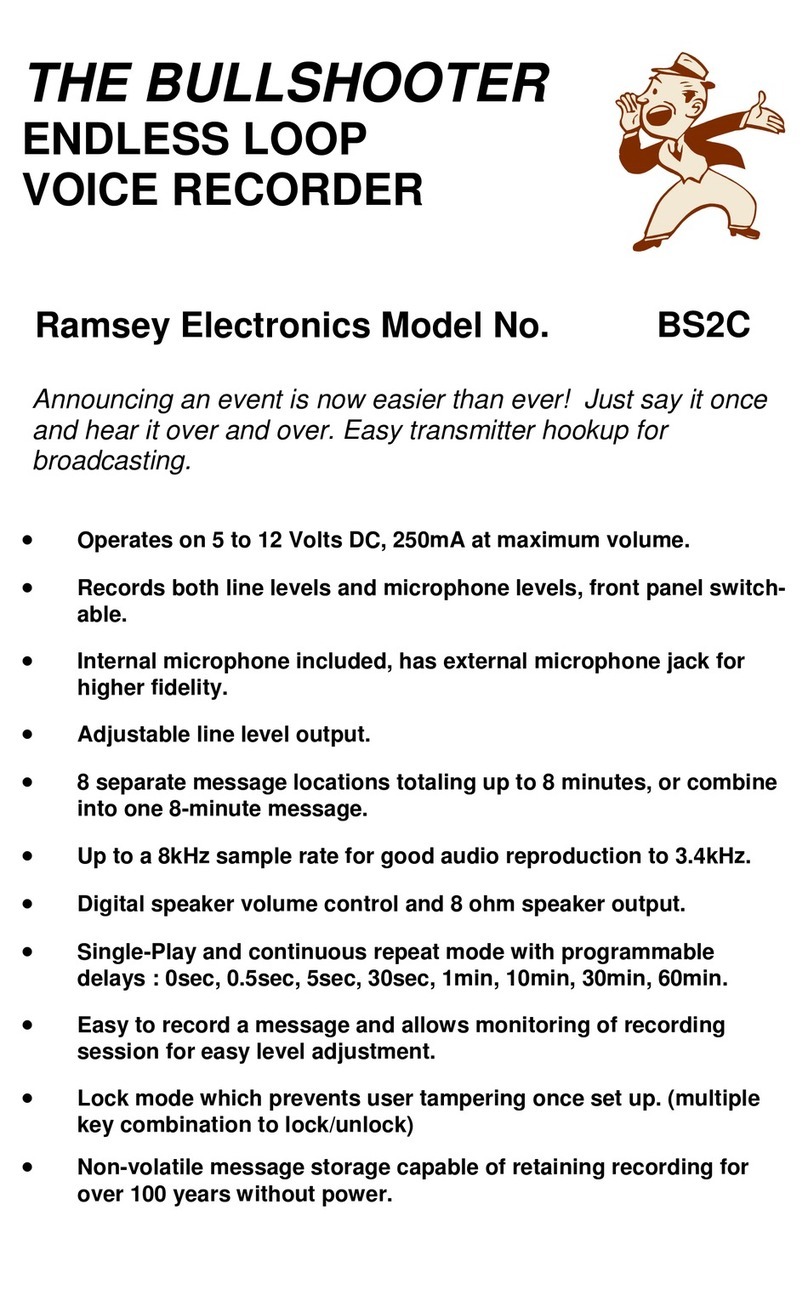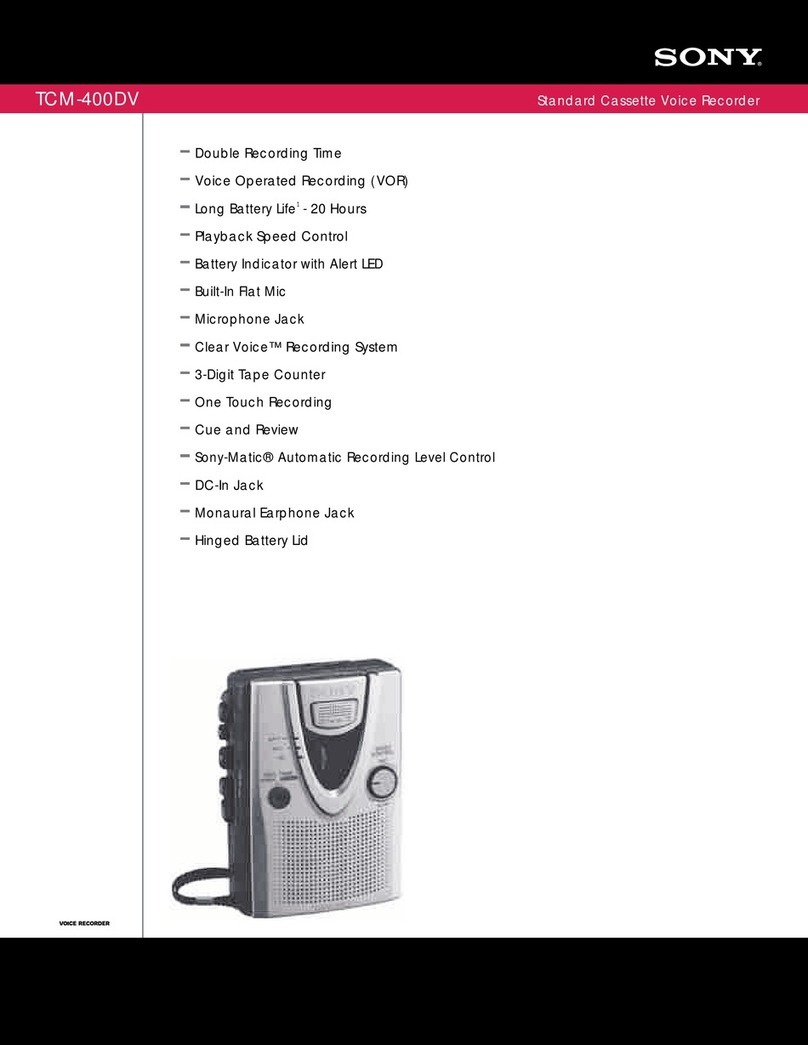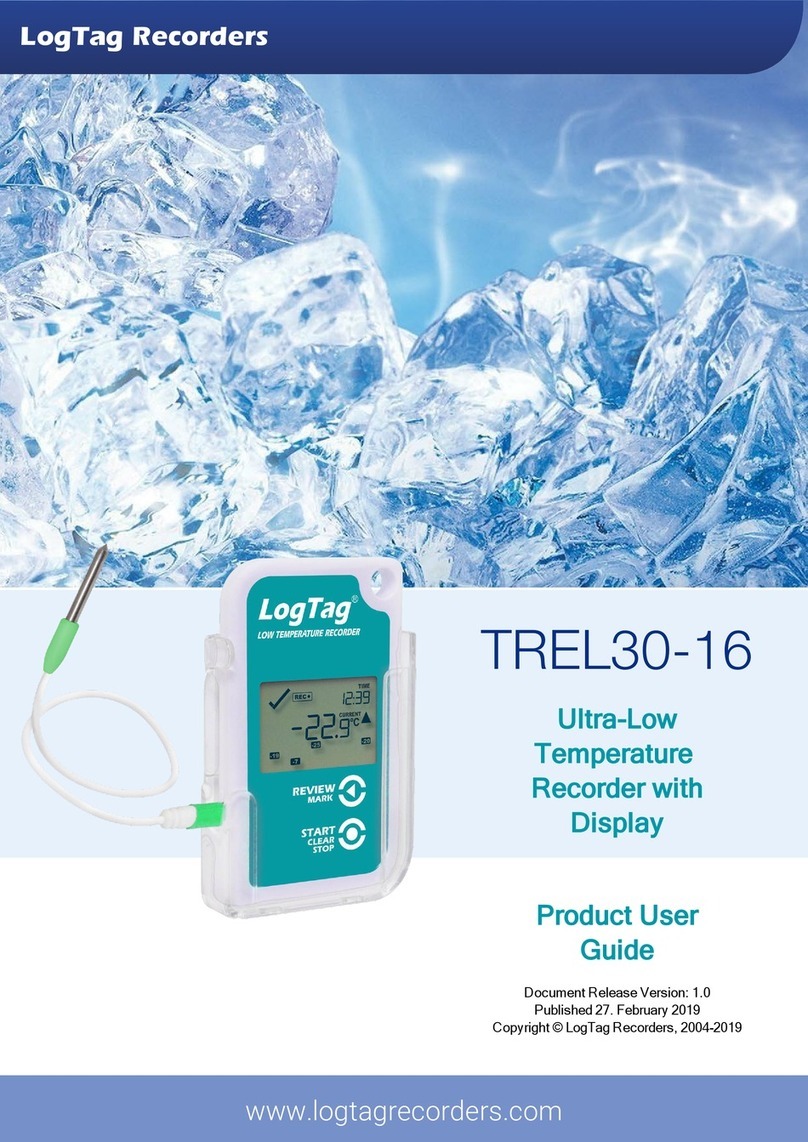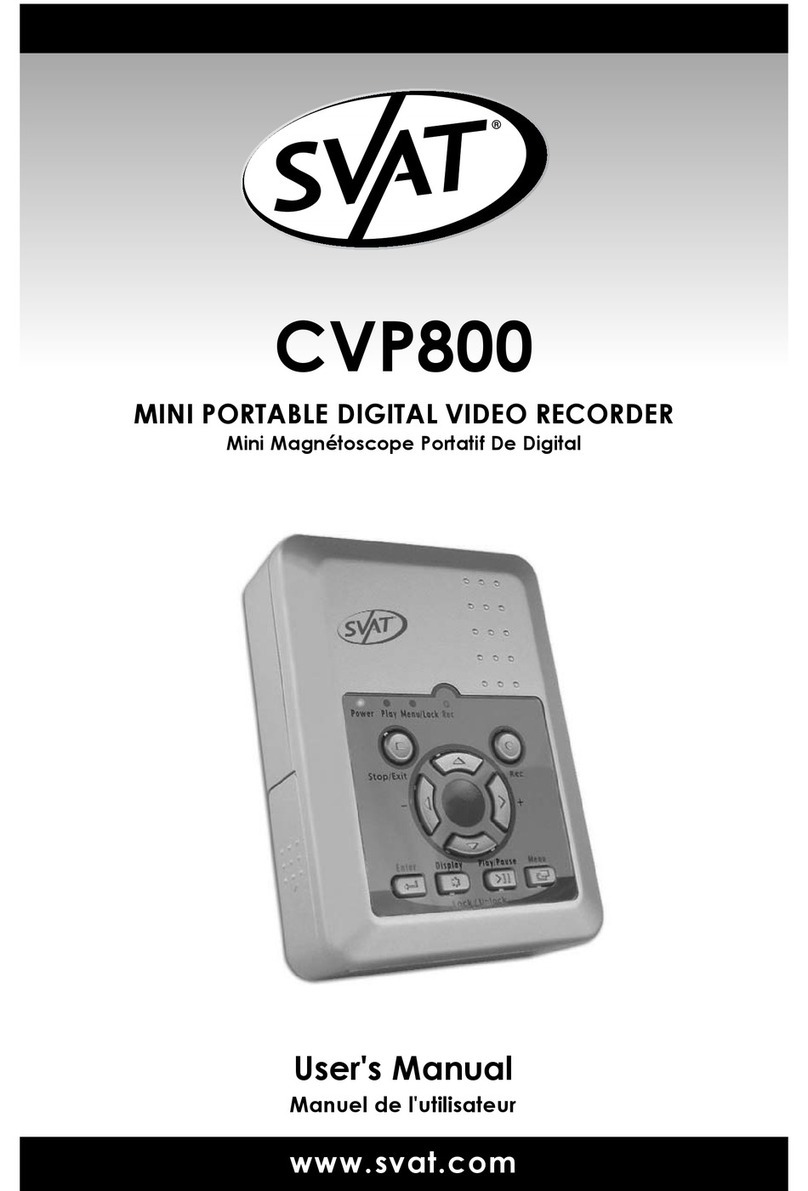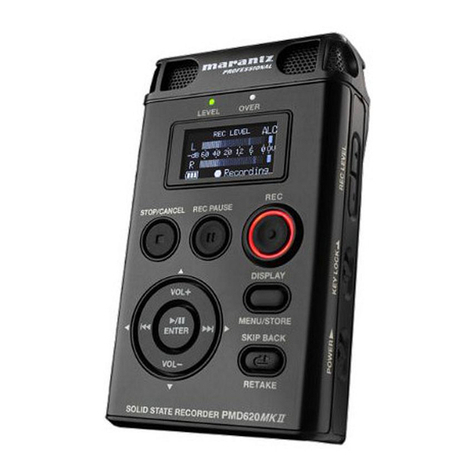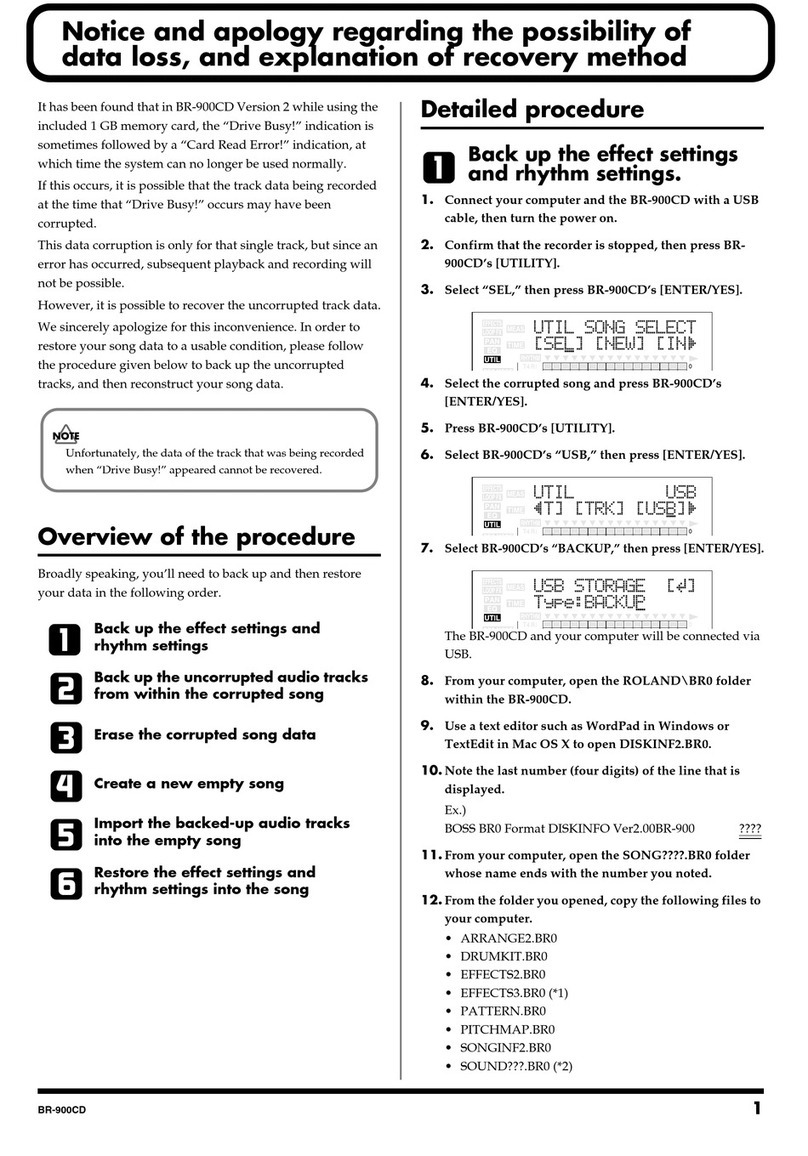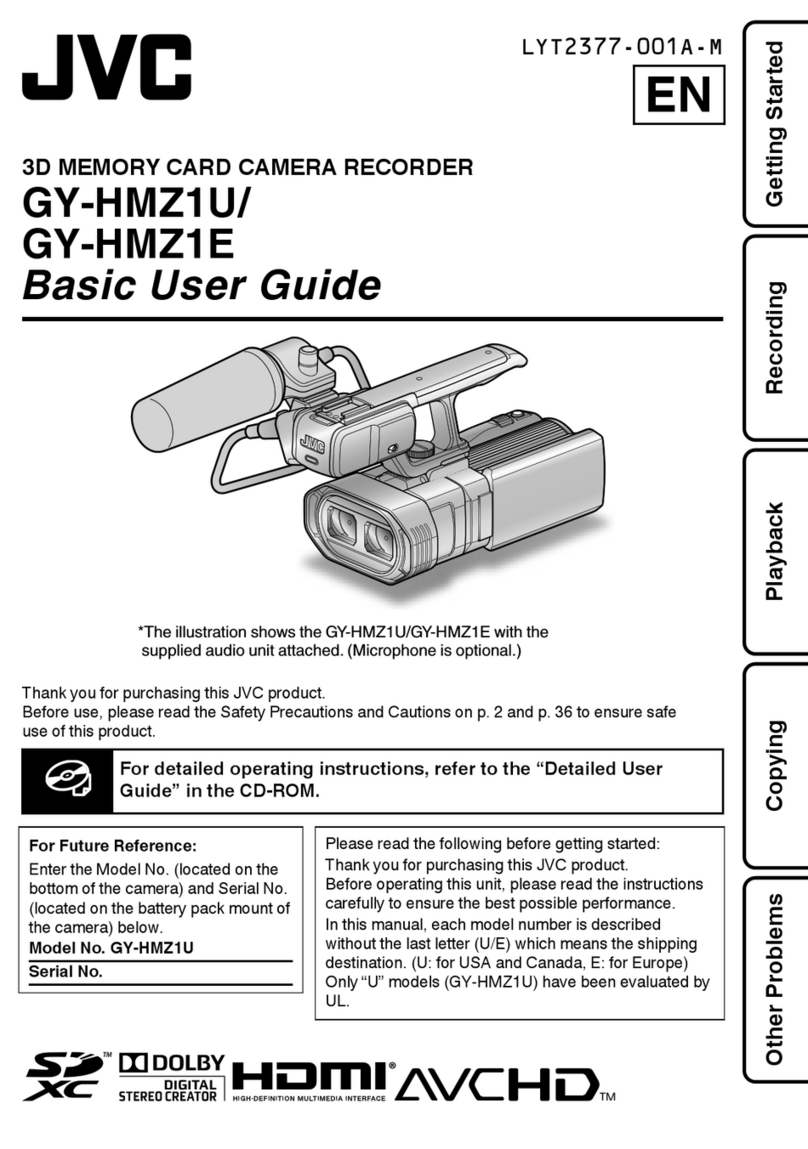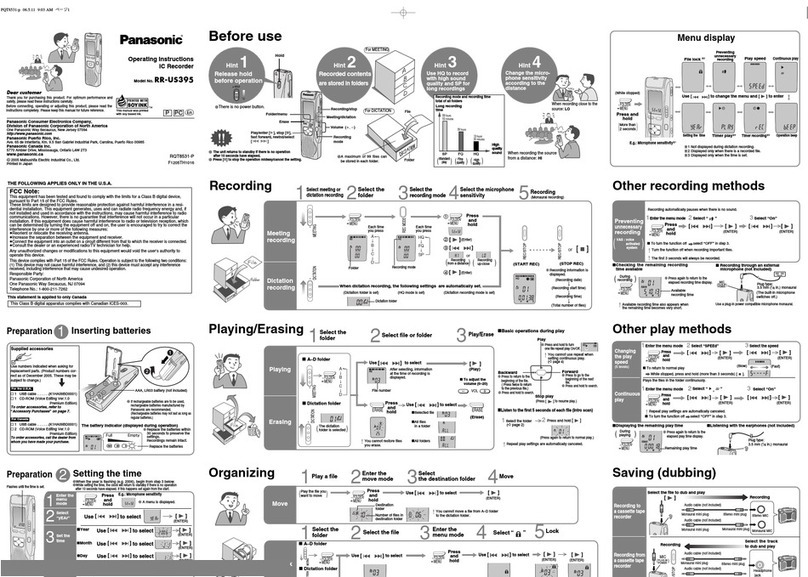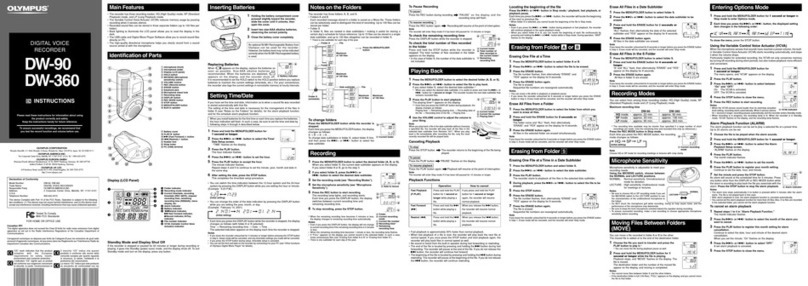1 Table of Contents
1Table of Contents ...................................................................................................... 2
2 Introduction ............................................................................................................... 4
3 Revision history.......................................................................................................... 5
4 Warranty statement................................................................................................... 6
5 RBRquartz Q ............................................................................................................... 7
5.1 Overview............................................................................................................................................ 7
5.1.1 Description ........................................................................................................................................................................7
5.1.2 Included in Shipment........................................................................................................................................................8
5.2 Specifications.................................................................................................................................... 9
6 Instrument Hardware .............................................................................................. 11
6.1 Opening and closing the logger ..................................................................................................... 11
6.2 Changing the batteries ................................................................................................................... 12
6.3 Installing desiccant......................................................................................................................... 13
6.4 Twist activation............................................................................................................................... 13
6.5 Wi-Fi feature .................................................................................................................................... 14
6.6 Maintenance and repairs................................................................................................................ 15
6.6.1 Instrument calibration....................................................................................................................................................15
6.6.2 O-rings .............................................................................................................................................................................15
Inspecting O-rings...........................................................................................................................................................15
Replacing an O-ring.........................................................................................................................................................16
6.6.3 O-rings - RBRquartz BPR|zero.........................................................................................................................................16
Inspecting O-rings...........................................................................................................................................................17
Replacing an O-ring.........................................................................................................................................................17
6.6.4 Corrective maintenance .................................................................................................................................................18
Overview:.........................................................................................................................................................................18
6.6.5 Installation of calibration adapter .................................................................................................................................22
Remove anti-biofouling mesh ........................................................................................................................................22
Installation of the calibration adapter...........................................................................................................................22
6.6.6 Repairs.............................................................................................................................................................................23
6.6.7 Support kits.....................................................................................................................................................................24
6.7 Internal and External Power draw ................................................................................................. 24
